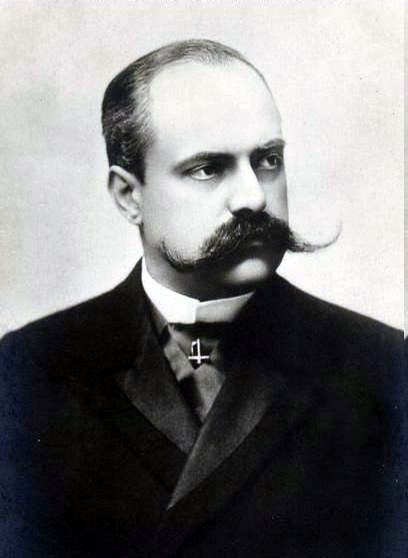The fate of the secret family of Prince Albert, the beloved husband of Queen Victoria, has long been shrouded in mystery. **Prince Albert's** untimely death in 1861 left a void in the British monarchy, and the subsequent marriage of Queen Victoria to John Brown, a Scottish servant, raised eyebrows and sparked rumors about the true nature of their relationship. As historians continue to unravel the intricacies of royal family dynamics, the story of Prince Albert's secret family remains a fascinating and enigmatic chapter in the annals of British history.
Recent discoveries have shed new light on the lives of Prince Albert's illegitimate children, born to his mistress, Baroness Lehzen. **Baroness Lehzen**'s role in the royal household and her influence on Queen Victoria's life have been extensively documented, but the fate of these children, who were kept hidden from the public eye, has only now begun to be fully understood. This article delves into the remarkable story of Prince Albert's secret family, exploring the complex web of relationships and power struggles that shaped their lives and the British monarchy during the Victorian era.
what is the significance of the "secret family" mentioned in the article

who are the members of Prince Albert's secret family

- Alexandre Grimaldi-Coste: Born on August 24, 2003, to Nicole Coste, a Togo-born flight attendant. Alexandre's parentage was publicly confirmed by Coste in 2005, and he is not in the line of succession to the throne.
- Jazmin Grace Grimaldi: Born in 1992 to Tamara Rotolo, an American waitress. Albert publicly acknowledged Jazmin as his daughter in 2006, and she receives a monthly allowance of $86,000 and owns a $3 million flat in New York, funded by the prince.
how did Alexandre Grimaldi adjust to his public life after the revelation
 |
| Prince Victor Napoléon and Alice Biot. |
In 1905, reports in the Belgian press, which spread to international outlets, increasingly indicated that Prince Victor Napoléon, Head of the Imperial House of France, and Princess Clémentine of Belgium had fallen in love and desired to marry. However, there were several impediments to their plans to wed. King Léopold II of Belgium, the father of the princess, was not keen on such a union as he did not want to upset the French Republic. Further, there was much made about the liaison of the Prince Napoléon with a former French ballerina named Marie Alice Biot. It was written that the couple had married and had children. This pre-existing marriage would obviously get in the way of Victor and Clémentine's hopes to become husband and wife.
 |
| Prince Victor Napoléon. |
 |
| A short profile of Alice Biot in Ces demoiselles de l'Opéra, 1887. |
 |
| Alice Biot. |
 |
| The acte de mariage of Suzanne Biot and Walter Unger, 1898. |
As we conclude our exploration of the secret family of Prince Albert, it is essential to acknowledge the significance of this story in the annals of European history. The Prince Albert's Hidden Family has shed new light on the complex dynamics within the royal household, particularly during the Victorian era. This article has delved into the intricate web of relationships and power struggles that shaped the lives of Prince Albert's illegitimate children, born to his mistress, Baroness Lehzen. The story serves as a poignant reminder of the often-controversial nature of royal family dynamics, where the lines between public and private life are constantly blurred.
In reflecting on this article, it is crucial to recognize the importance of transparency and acknowledgment in the royal family. The secret family of Prince Albert highlights the need for open communication and recognition of all family members, regardless of their legitimacy. This story also underscores the significance of historical records and documentation in preserving the truth about royal family dynamics. As we continue to explore the intricacies of European history, it is essential to approach these topics with respect, objectivity, and a commitment to accuracy. By doing so, we can gain a deeper understanding of the complex relationships and power struggles that have shaped the course of history.





No comments:
Post a Comment